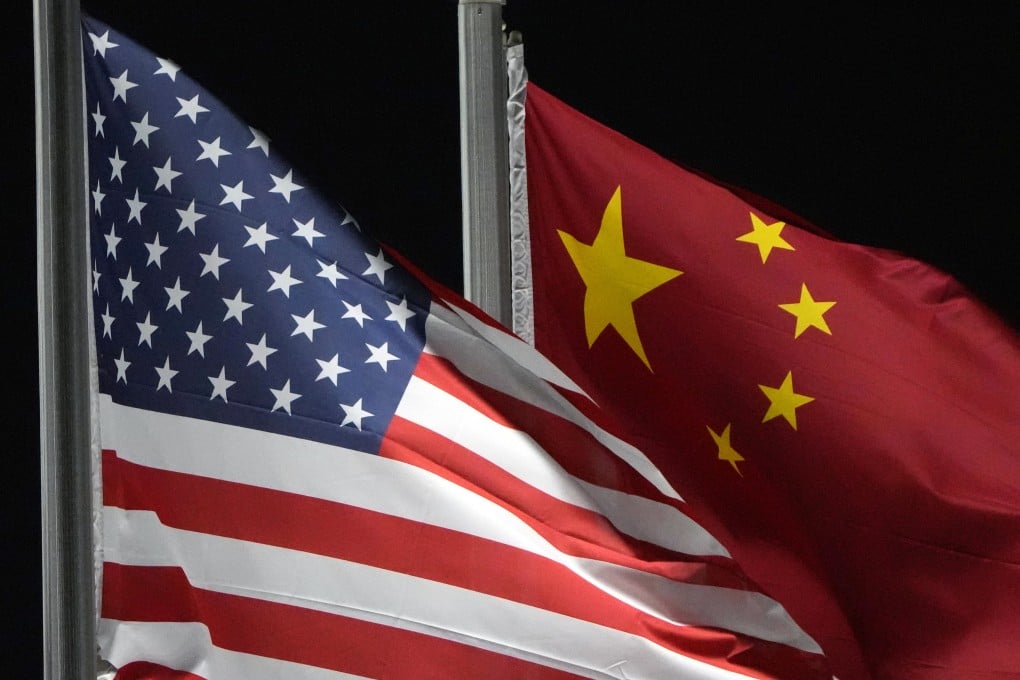My Take | US island-chain containment against China doomed to fail
- The Cold War scheme – resurrected with the addition of extra island chains – helps however to explain the real stories behind many headlines and controversies today

A BBC journalist asked me the other day about the role of Taiwan in the United States’ first island chain of defence against China, among other things. In the event, the interview didn’t go ahead because they wanted someone more “pro-China”. Imagine that! Note to self: need to work on my patriotic credentials; perhaps join the Communist Party, if they let me.
However, the question did set off several trains of thought. People nowadays argue endlessly about whether the increasingly bitter rivalry between the US and China amounts to a new cold war. There are of course similarities and differences, and we can all cherry-pick. But the US idea of a series of island chains of defence against China, which is actually a misnomer, is a direct legacy of the Cold War. Containment is a much better descriptor. You DEFEND your own home. But if you are using my home – while risking its destruction – as a buffer against an enemy, that’s anything but “defence”.
But where did this whole conception of island chain defences come from? That is actually a fascinating question. Interestingly, this quintessential Cold War idea didn’t become fully operative until more recently with China’s emergence as a potential pre-eminent Indo-Pacific power, yet its conceptualisation dated back to the early 1950s.
John Foster Dulles, the secretary of state under Dwight Eisenhower, came up with it to prevent Mao Zedong’s China from spreading communism in Asia. It was also aimed at Soviet Russia by controlling access to sea lanes in the west Pacific. However, the subsequent Sino-Soviet break in the early 1960s, followed a decade later by China’s rapprochement with the US, made Dulles’ scheme less urgent – until recently.
By the way, many if not most of the worst excesses of the Cold War were the direct responsibility of Dulles and his brother Allen, who was the director of the Central Intelligence Agency during its most brutal period when it came to foreign subversions, coups, assassinations and regime change plots. But that’s a topic for another day.
The classic formulation of this defence scheme began with three island chains. Recently, more layers or chains of marine defence have been added to extend to the east coasts of Africa, across the Indian Ocean. That’s a lot of “China containment”, otherwise known as overkill.
Understanding them helps explain some current controversies, which are almost always hidden by disinformation and propaganda, especially from the mainstream foreign media. The Chinese media are actually much more open and honest about such strategic discussions, if you can believe that. In fact, they are often a great source when it comes to geopolitical issues.
